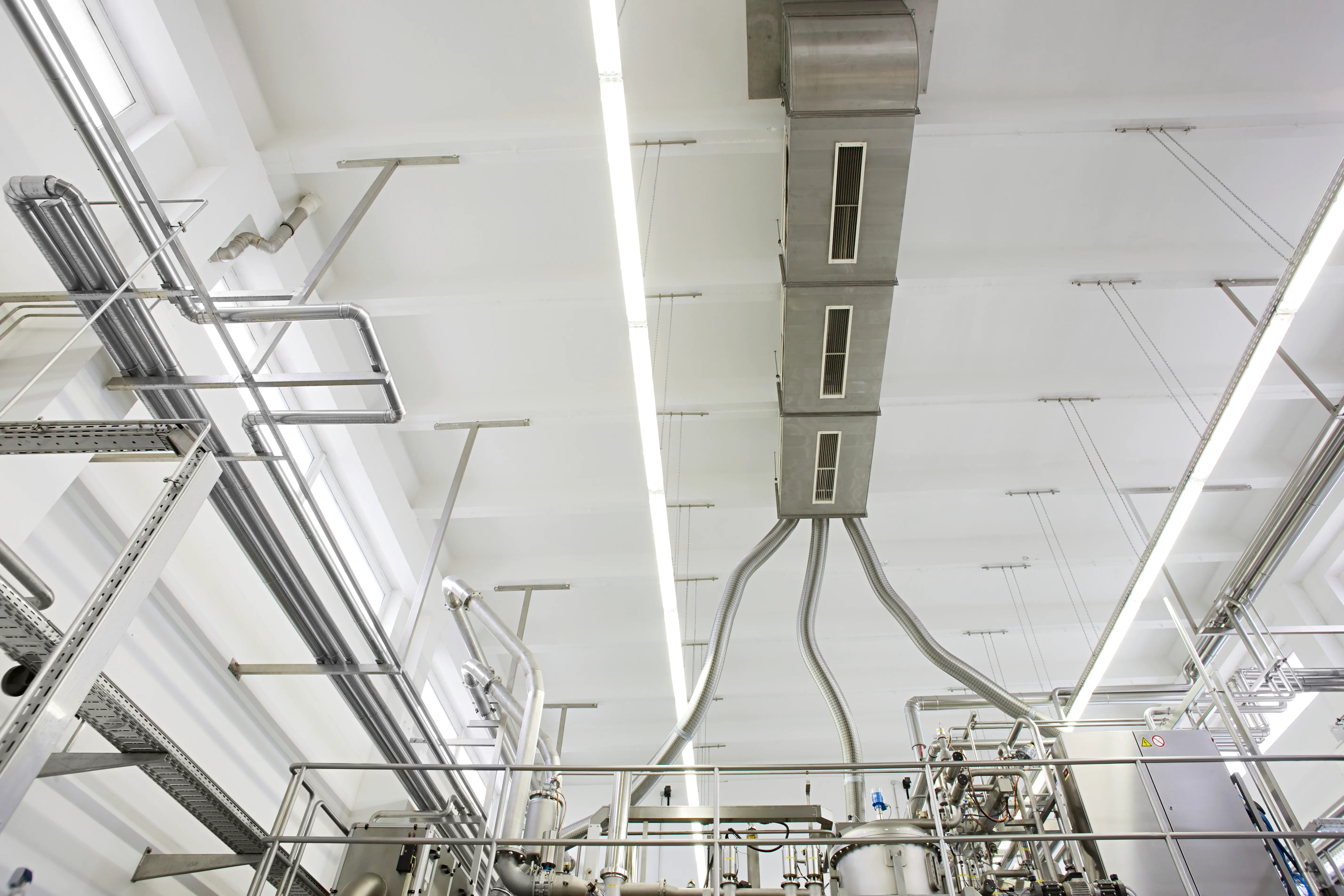Ceiling and wall coverings are essential materials used to protect and enhance the aesthetic appeal of ceilings and walls within various settings. While primarily serving functional purposes, these coverings also offer diverse design opportunities. Below, we explore the intricacies of these materials and their implications in the food industry.
The Role of Ceiling and Wall Coverings
Ceiling and wall coverings greatly enhance a space's visual appeal while offering protective benefits:
- Functional Benefits: They can contribute to acoustic insulation and interior protection, making spaces aesthetically pleasing and acoustically sound.
- Aesthetic Advantages: Offering various styles and colors, coverings can create a sense of height or texture.
Common ceiling designs include suspended ceilings and stretch ceilings—each providing unique benefits. For wall applications, options like wallpaper, ceramic tiles, and wood paneling are popular choices.
Ceiling and Wall Coverings in Food Processing Areas
It's crucial to note the incompatibility of typical ceiling and wall coverings in food processing environments:
Avoid using these materials in food processing to prevent contamination risks. Instead, industry standards recommend using:
- Stainless Steel
- Epoxy Coatings
- Ceramic Tiles
These materials are designed to meet stringent health and safety requirements, ensuring an easy-to-clean, bacteria-resistant environment.
Installation and Materials Selection
For effective installation, proper surface preparation is key, involving:
- Cleaning
- Priming
- Applying adhesives
The choice of material—ranging from wallpaper to textured fabrics—should consider durability, aesthetics, and ease of maintenance.
The Market Outlook for Ceiling and Wall Coverings
The global market for these coverings is experiencing notable growth. According to ResearchAndMarkets,:
- The wall coverings market anticipates a CAGR of 5.6% from 2020 to 2027.
- The ceiling coverings market is projected to grow at a CAGR of 6.1% over the same period.
Market growth drivers include increased construction demand and eco-friendly material adoption, with key players like Armstrong World Industries and USG Corporation leading innovations.
Conclusion
Ceiling and wall coverings hold significant potential in enhancing space aesthetics and functionality. While not appropriate for food processing areas, these materials attract attention due to continual innovation and environmentally-friendly advancements, shaping their evolving market trajectory.
 PMG stands for Projects Management Group. We provide state-of-the-art Engineering Services to build world-class food processing factories.
PMG stands for Projects Management Group. We provide state-of-the-art Engineering Services to build world-class food processing factories.  Engineering is the difference between Chaos and Excellence. If you are going to do it, do it right.
Engineering is the difference between Chaos and Excellence. If you are going to do it, do it right.  Explore the diverse range of Products in the Food Processing Industry.
Explore the diverse range of Products in the Food Processing Industry.  Explore the technologies at the heart of the the Food Processing Industry.
Explore the technologies at the heart of the the Food Processing Industry. 


 Back
Back 



